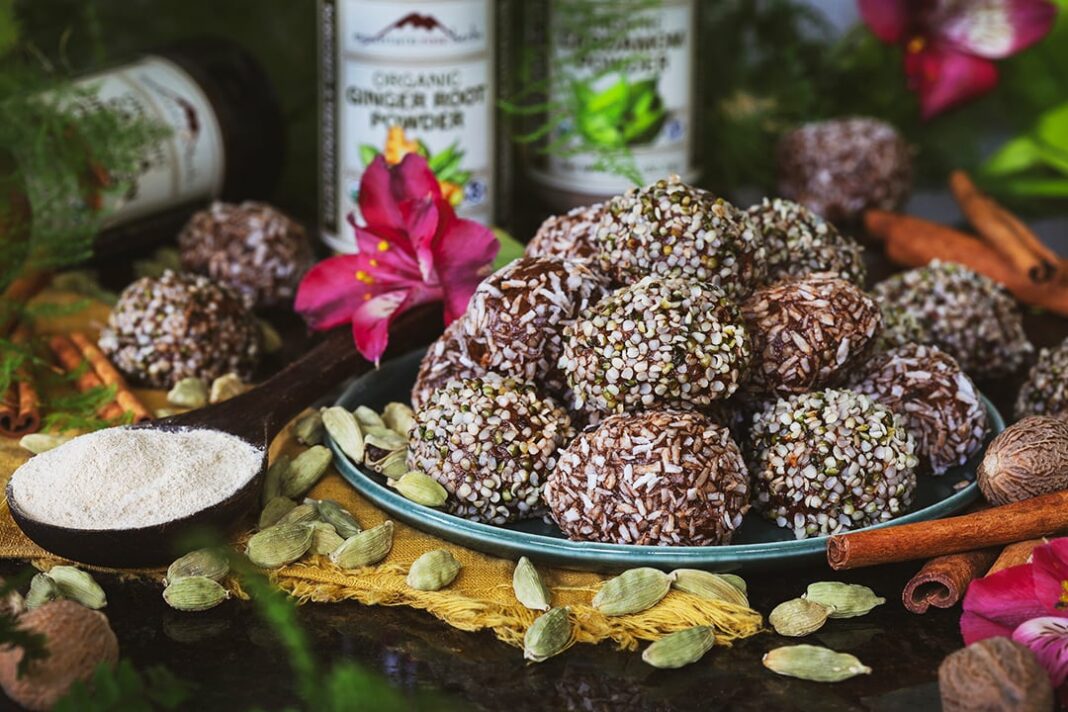KUR-101 is a lab created derivative of kratom.
Specifically, it’s an analog, or artificially design substance that is based on extracting the mitragynine alkaloid and developing medicine based on that. In other words, it tries to mimic, imitates, or be a substitute for something in nature (mitragyna speciosa, kratom).
KUR-101 is a medicine that is derived, a certain substance is taken from something natural, then further manipulated and adorned. Mitragynine is the primary alkaloid that produces effects in those who take kratom, so it’s logical that KUR-101 would seek to focus on that.
This seems like a step in the right direction in some ways, as we desperately need a lot more studies on kratom and how it works in the human system. We have many traditions from Southeast Asia, where laborers tend to chew on fresh leaves to maintain focus and stamina in hard labor jobs. No toss and wash going on with them, they only chew fresh leaves or make tea out of them.
So we are happy to see kratom being analyzed carefully, with research into new medicines that could help suffering patients, but there are concerns that arise immediately. Let’s first look at the Biospace report.
https://www.biospace.com/article/releases/atai-life-sciences-takes-on-opioid-crisis-by-acquiring-kures-to-develop-novel-therapeutics-for-opioid-abuse/
QUOTE
Kures’ flagship product, KUR-101, is a derivative of mitragynine, the major active alkaloid of the kratom plant.
Used for centuries in Southeast Asia as a remedy for fatigue, pain, and myriad other conditions, kratom leaf has recently grown in popularity as an herbal medicine in the United States. Importantly, in addition to its traditional medicinal applications, consumers in the United States report that it may also be effective in ameliorating the symptoms of opioid withdrawal.
Both mitragynine and KUR-101 are atypical opioid receptor modulators, boasting unique pharmacology that may make them safer than currently available opioids in treating pain. Additionally, Kures’ second asset, KUR-002, is under evaluation for the treatment of some subsets of depression through a unique mechanism of action.
“We are very concerned about the opioid epidemic in the United States and are committed to developing approaches to both treat and prevent this condition,” said Florian Brand, CEO of ATAI.
“Kures is excited to have the resources and commitment of ATAI in advancing our promising therapeutic compounds,” added Andrew Kruegel, CSO and co-founder of Kures. “We look forward to working with the ATAI team to bring new treatment options to patients suffering from pain and mental illness.”
ATAI is recognized as the world’s leading – and largest – company in the field of psychedelic therapy. KUR-101 will join ATAI’s pipeline of ground-breaking mental health interventions such as arketamine and psilocybin, with additional high-impact compounds to be announced soon.
END QUOTE
Report on Psychedelics states:
“Kratom is not considered a psychedelic drug but fits within the broad theme of ATAI’s approach of developing new, novel, and sometimes natural, treatments for some of the world’s most serious problems of mental health and addiction.
As you can see, there are many dimensions to this issue. Much money to be made, many patients hopefully helped, and further research studies may be prompted into being. But let’s consider some other aspects of creating derivatives from plants like kratom.
Isolating one chemical component and making a medicine out of it is deviating from the way that the chemical acts in its natural, unprocessed state. You are being deprived of the synergists, the naturally occurring chemicals that work alongside the effects alkaloid you seek to enhance.
Will this matter much? Maybe, maybe not. But those synergists may have a necessary and beneficial impact, especially long term, and to not have them may not be such a good idea. More research and testing is needed here.
Kratom derivatives may be stronger and more effective, but that means they will likely be more dangerous, too.Kratom derivatives are going to be far more powerful than kratom in its natural state as leaf and crushed powder. So the derivatives may be very helpful in chronic cases of extreme pain, extreme fatigue, extreme depression, etc. Less plant material will need to be consumed.
The artificial extract of mitragynine may be similar to how heroin is stronger than opium, or how Italian espresso coffee is more powerful than a decaf cup of Joe, but with added potency comes an increased chance of abuse, addiction, and lethal overdose.
Would Big Pharma push harder to keep kratom illegal, so as to monopolize the market with their lab creations, their medicines based on derivatives and analogues?
Other questions will arise as this development of KUR-101 and other kratom derivatives continue. Let’s hope that it leads to a good conclusion for all involved, both the companies marketing the final medical product to the patients who end up using it.
To end on a note of cheer, consider this.
https://www.ncbi.nlm.nih.gov/pmc/articles/PMC3560124/
QUOTE
Although the use of bioactive natural products as herbal drug preparations dates back hundreds, even thousands, of years ago, their application as isolated and characterized compounds to modern drug discovery and development started only in the 19th century.
To date, 35,000-70,000 plant species have been screened for their medicinal use.
Plants especially those with ethnopharmacological uses have been the primary sources of medicine for early drug discovery. Fabricant and Farnsworth, (2001) reported that, 80% of 122 plant derived drugs were related to their original ethnopharmacological purposes. Current drug discovery from plants mainly relied on bioactivity–guided fractionation and led to isolation of many important anticancer drugs such as paclitaxel, camptothecin etc.
The first commercial pure natural product introduced for therapeutic use is morphine marketed by Merck in 1826, and the first semi-synthetic pure drug aspirin, based on natural product salicin isolated from Salix alba, was introduced by Bayer in 1899. This led to the isolation of early drugs such as cocaine, codeine, digitoxin, quinine and pilocarpine.
It has been well documented that natural products played critical roles in modern drug development, especially for antibacterial and antitumor agents.
Even though the popularity of the synthetic products increased due to their production cost, time effectiveness, easy quality control, stringent regulation, and quick effects, but their safety and efficacy were always remained questionable, resulting in the dependence on the natural products by more than 80% of the total population in the developing world, because of its time tested safety and efficacy.
A huge number of natural product-derived compounds in various stages of clinical development highlighted the existing viability and significance of the use of natural products as sources of new drug candidates.
Until recently, plants were an important source of novel pharmacologically active compounds with many blockbuster drugs being derived directly or indirectly from plants.
Despite the current preoccupation with synthetic chemistry as a vehicle to discover and manufacture drugs, the contribution of plants to disease treatment and prevention is still enormous.
Even at the dawn of the 21st century, 11% of the 252 drugs considered as basic and essential by the WHO were exclusively of flowering plant origin. The most striking feature of natural products in connection to their long lasting importance in drug discovery is their structural diversity that is still largely untapped.
UNQUOTE


